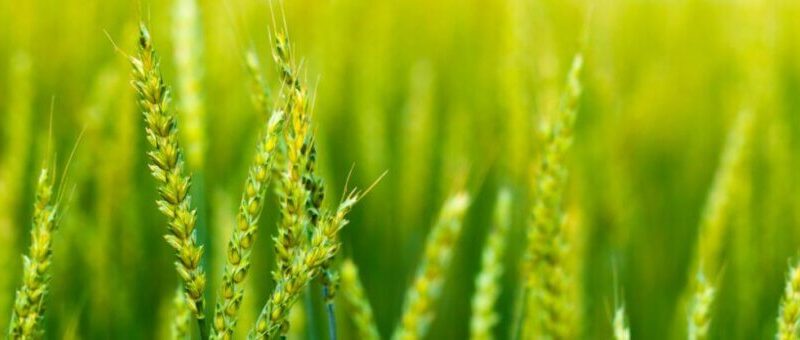Amino Acids Present in Barley Grass
Amino acids, which are crucial building blocks for proteins in the body, are abundant in barley grass. The body can mend muscles, blood vessels, and even bone marrow with the aid of the nine essential amino acids that barley grass offers. Additionally a wonderful source of vitamin C is barley grass.
Barley grass protein contains 18 of the 22 amino acids, including all eight of the essential amino acids that the body cannot synthesize on its own. Thus, barley grass is a fantastic source of protein for vegans, who frequently don’t get enough of it in their diets. Vitamins A, B, C, and E are also abundant in barley grass.
Isoleucine
An important amino acid primarily present in muscular tissue is isoleucine. Its primary functions include promoting hormone production, energy control, wound healing, hemoglobin formation, immunological function, and muscle metabolism. In addition to these functions, this amino acid is crucial for the detoxification of wastes like ammonia.
Leucine
Leucine is crucial for wound healing and controlling blood sugar, just like isoleucine. It can raise insulin levels and aid in the liver’s ability to produce glucose from sources other than carbs. In addition, it is necessary for the general wellbeing of your muscles. This amino acid is necessary for both muscle recovery and protein synthesis.
Leucine shortage can cause weakened muscles. Additionally, it might cause adjustments in blood sugar.
Methionine
Your body needs methionine, an important amino acid, for tissue growth and repair. Additionally, it’s vital for your body to absorb the minerals selenium and zinc.
Along with cysteine, methionine is one of the two amino acids that contain sulfur. Methionine is transformed by your body into sulfur-containing compounds, which are essential for DNA synthesis and cell growth. Actually, methionine also contributes significantly to the synthesis of cysteine, which results in the generation of other molecules like glutathione and taurine, which have a number of positive health effects.
Serine
L-serine and D-serine are the two different forms of the amino acid serine. While D-serine cannot be generated without L-serine, L-serine can be obtained through food or made by the body. The benefits of this amino acid extend to diseases of the brain that affect cognition.
Threonine
One of the nine necessary amino acids that must be obtained from food is threonine. This is due to the fact that it’s a crucial part of the collagen and elastin that are necessary for the health of tissues and the skin.
A protein called collagen is present in the tendons, muscles, skin, and bones. It serves as a structural component for your skin and makes up one-third of the protein in your body. However, as you get older, your body produces less collagen, so you could notice that your skin is less resilient and elastic than it once was. Elastin, on the other hand, enables your skin and connective tissues to regain their previous shape. You’ll see that your skin, for instance, bends back into place if you pinch it.
Key Takeaway
Proteins are made up of amino acids, which are necessary for many bodily functions. They are necessary for your growth, digestion of food, repair of damaged tissues, generation of enzymes, and production of hormones and neurotransmitters. The phrase “building blocks of life” is another name for them. The amino acids are still there after proteins have been digested and can still improve your health.



